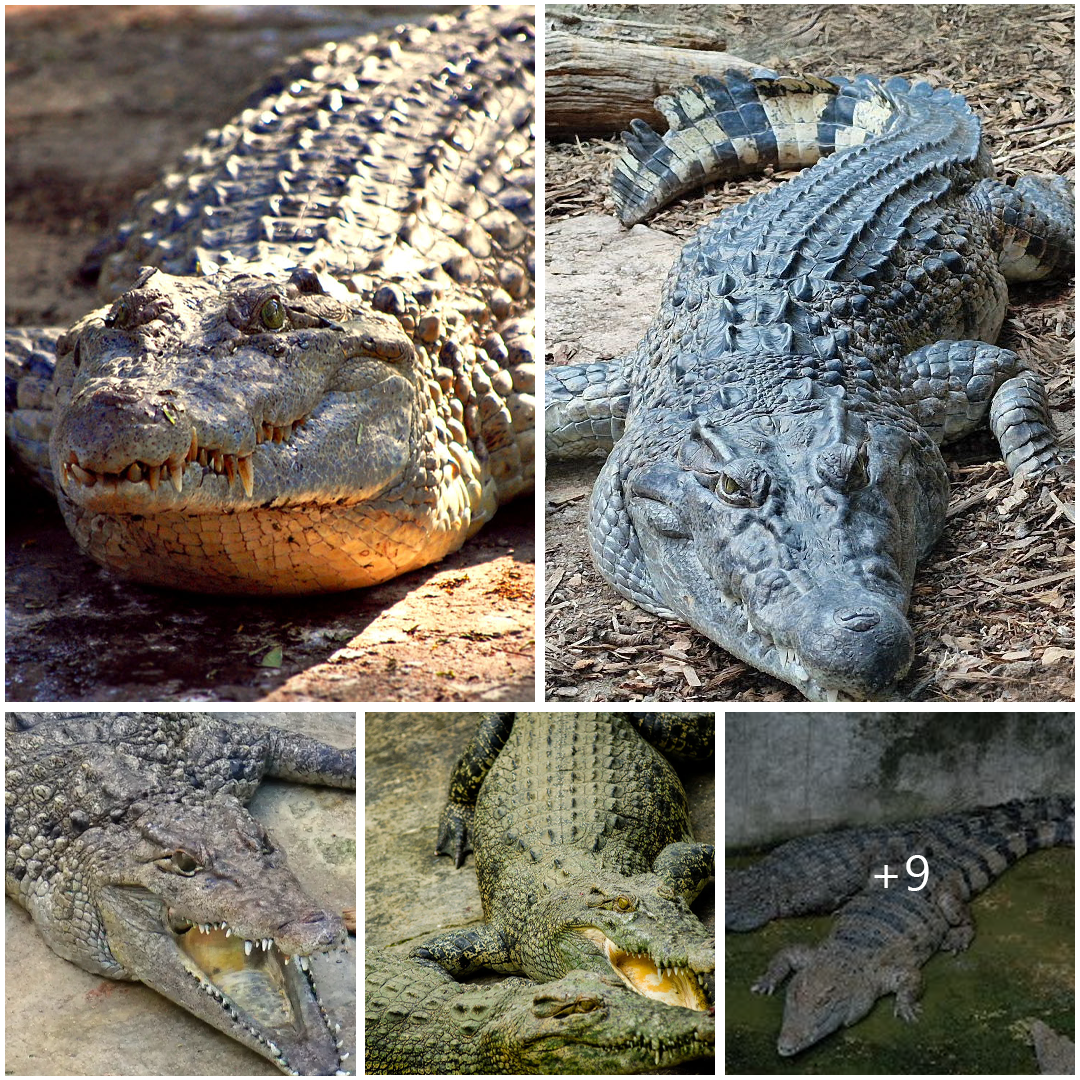
“Exploring the Endangered Philippine Crocodile”
The Philippine crocodile (Crocodylus mindorensis) is a species of crocodilian native to the freshwater habitats of the Philippines. With its distinctive appearance, ecological importance, and critical conservation status, this enigmatic reptile embodies both the beauty and the challenges faced by wildlife in its native range.
Distinctive Characteristics
The Philippine crocodile is a relatively small species of crocodilian, with adults typically reaching lengths of around 2 to 3 meters (6.6 to 9.8 feet). It has a broad snout, powerful jaws, and armored scales covering its body, providing effective protection against predators and prey alike. Its coloration is predominantly olive to grayish-brown, allowing it to blend seamlessly into its aquatic environment.
Habitat and Distribution
Historically, the Philippine crocodile inhabited various freshwater habitats across the Philippine archipelago, including rivers, marshes, and lakes. However, due to habitat loss, pollution, and hunting, its range has significantly contracted. Today, it is primarily found in isolated pockets of suitable habitat on the islands of Luzon, Mindanao, and Palawan.

Ecological Role
As apex predators, Philippine crocodiles play a crucial role in regulating the populations of prey species within their ecosystems. They help maintain the balance of aquatic food webs by controlling populations of fish, crustaceans, and other aquatic organisms. Additionally, their presence contributes to the overall health and resilience of freshwater habitats, making them integral components of their ecosystems.
Conservation Status
The Philippine crocodile is classified as critically endangered by the International Union for Conservation of Nature (IUCN), with only an estimated 100 to 250 individuals remaining in the wild. Threats to its survival include habitat destruction, illegal hunting, and accidental capture in fishing gear. Conservation efforts focused on habitat protection, anti-poaching measures, and community engagement are essential for the species’ survival.
Cultural Significance
In Filipino culture, the Philippine crocodile holds various symbolic meanings and cultural significance. It features prominently in folklore, mythology, and traditional beliefs, often representing strength, resilience, and the power of nature. Additionally, efforts to conserve and protect the Philippine crocodile are intertwined with cultural heritage and community stewardship initiatives, highlighting the importance of local knowledge and traditions in conservation efforts.
In conclusion, the Philippine crocodile serves as a poignant reminder of the urgent need to protect and preserve the rich biodiversity of the Philippines’ freshwater habitats. With its critical conservation status and cultural significance, it represents both the challenges and the opportunities inherent in conserving threatened species and their ecosystems. Through collaborative conservation efforts and community engagement, we can work together to ensure a brighter future for the Philippine crocodile and the diverse array of life it supports.





